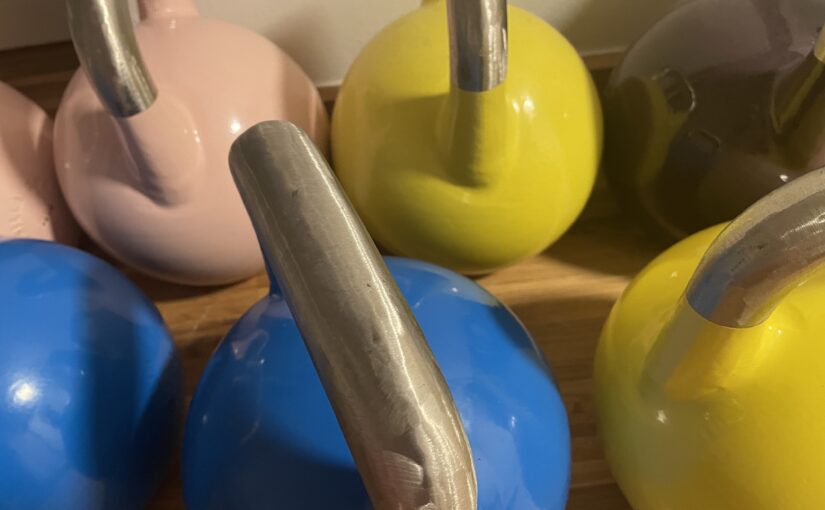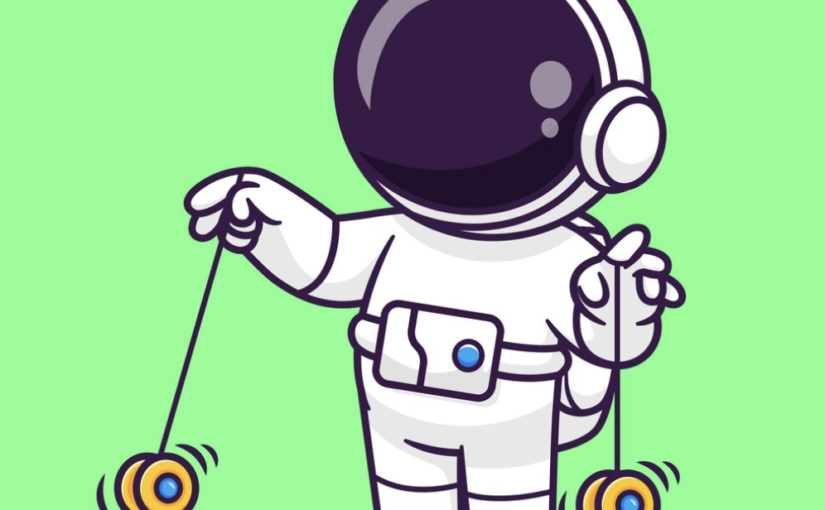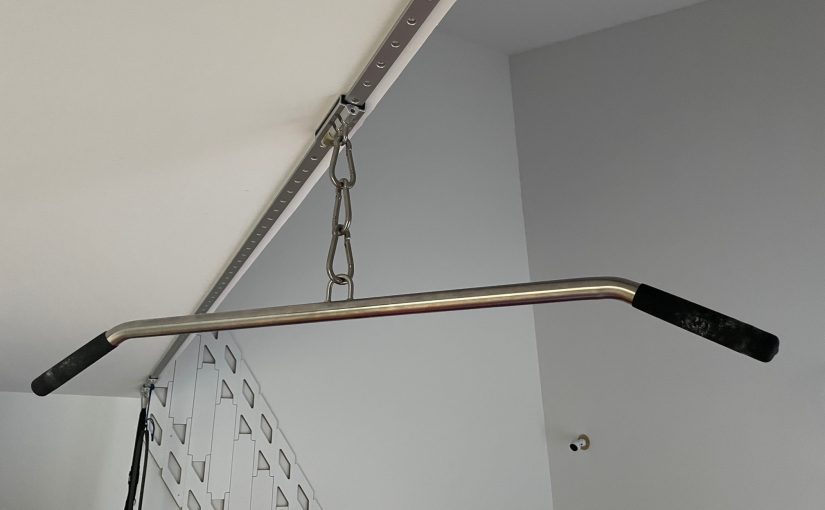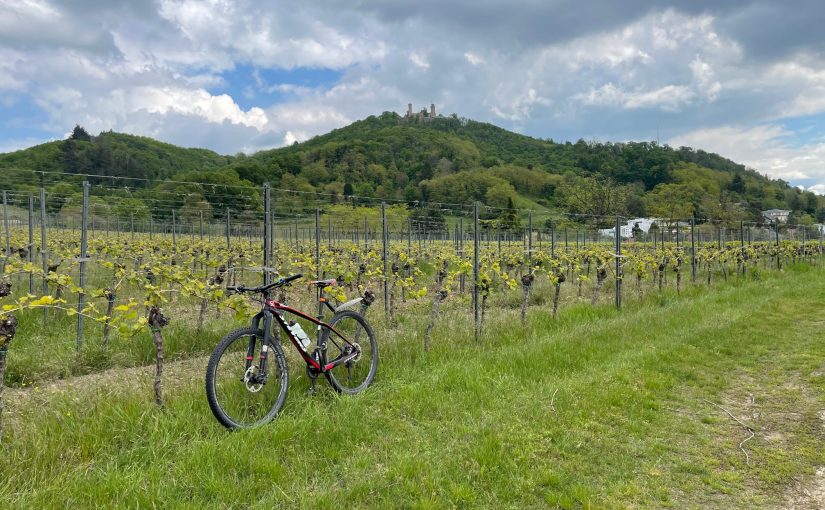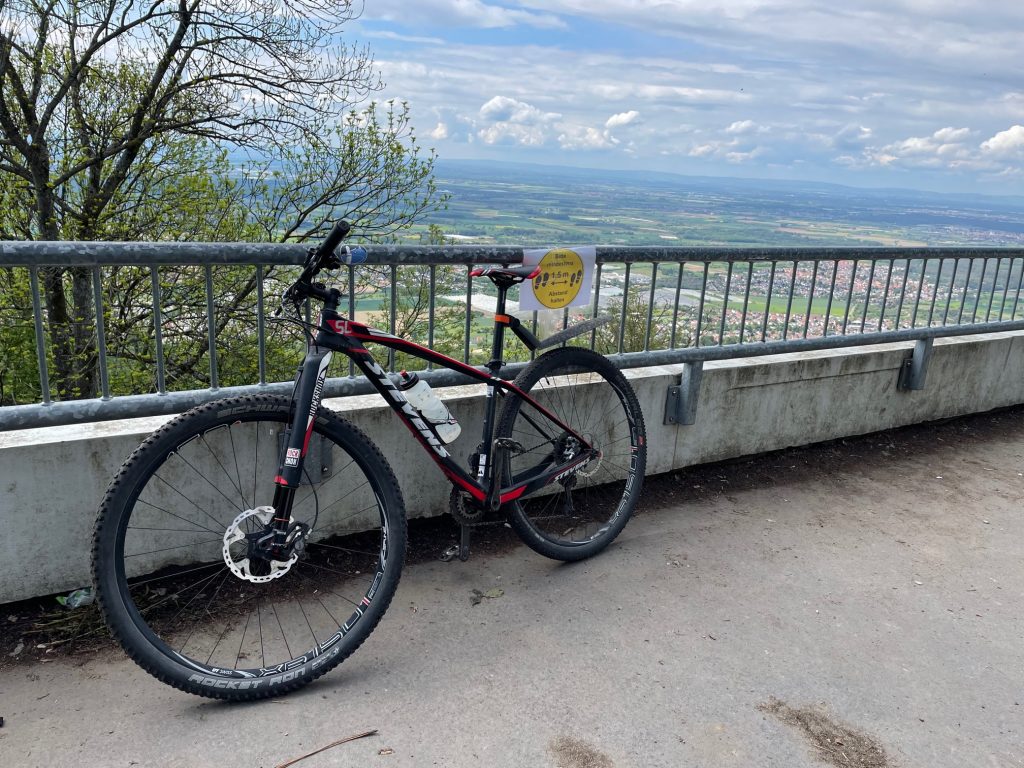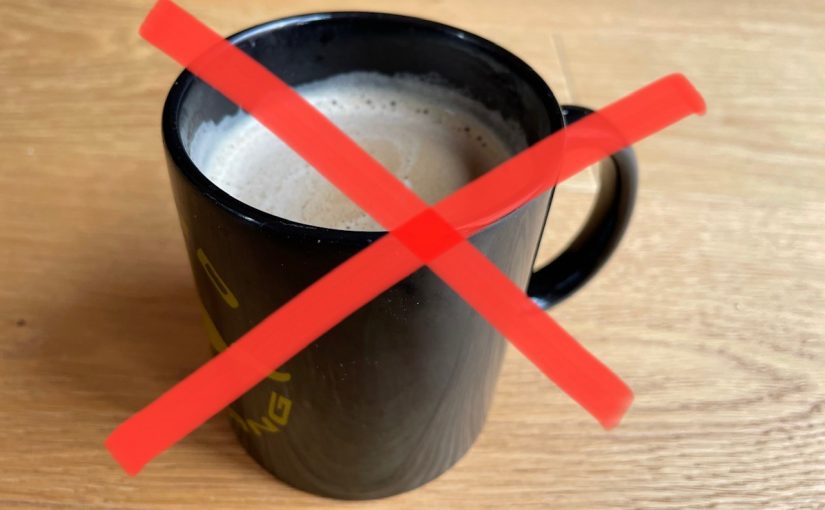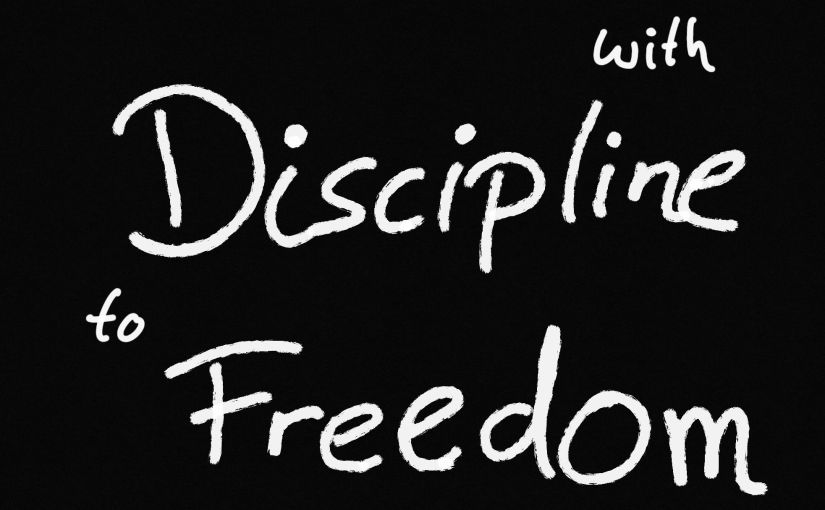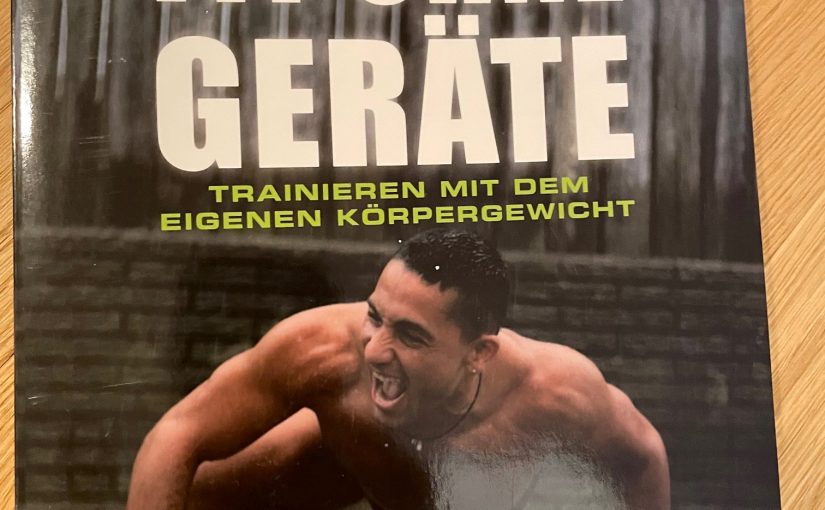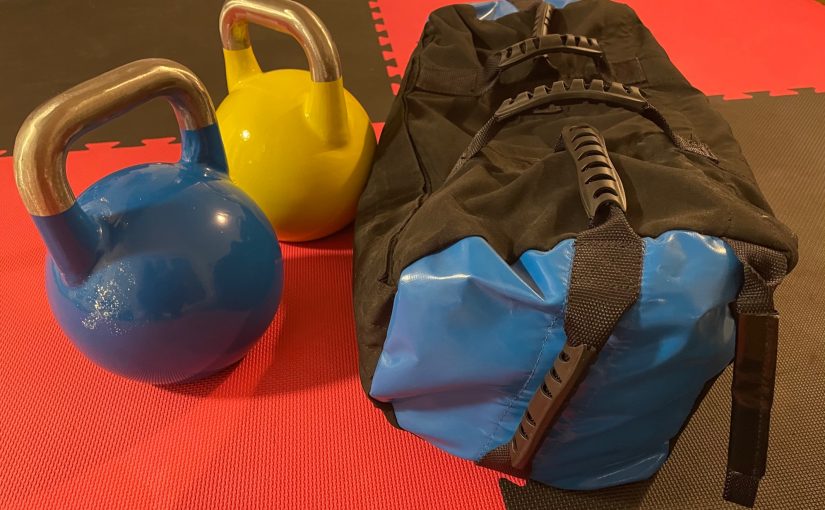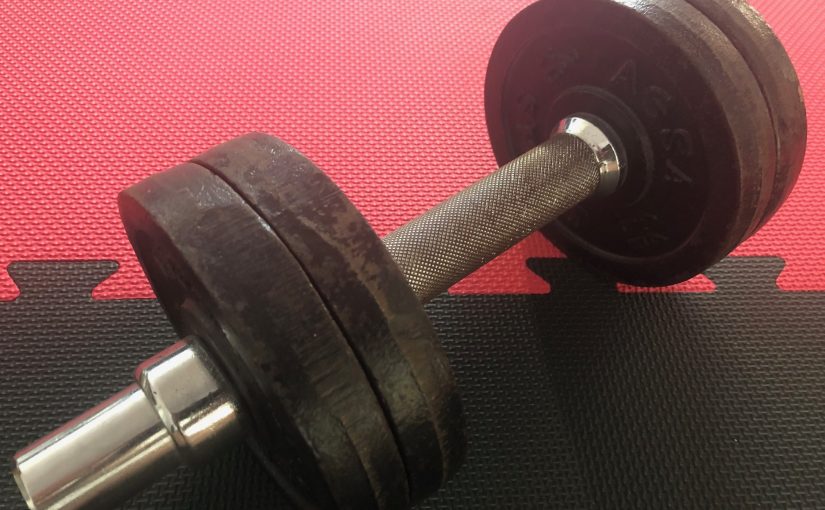I have written a lot about the idea of a healthy body as prerequisite for a healthy mind and joyful life. It was about eating properly, weight training(body weight training, calisthenics, functional training) and of course discipline. Over the last 4-5 years, kettlebell training are a key part of my weight training staying in shape. Kettlebells are more or less heavy balls with a handle and can be used for static and ballistic exercises.
Unlike the exercises with dumbbells or barbells, kettlebell exercises involve large numbers of repetitions in the sport, and can also involve large reps in normal training. Kettlebell exercises are in their nature holistic; therefore they work several muscles simultaneously and may be repeated continuously for several minutes or with short breaks.
Wikipedia Entry
I use competition kettlebells which all have the same size regardless of their weight. That way, I'm more used to their handling even when taking heavier balls. Like many others, I have started during Covid in a time where gyms were closed and also after realising that I'm not a gym person. I started with basic exercises I found on YouTube (e.g. from Bär von Schilling, Geoff Neupert, and Johannes Kwella). If you do this by video watching only, take your time, take low weights, and film yourself or have someone watching you for improving the execution of the exercises.
I also found that I need change stimulus when I workout, that's why I bought some courses from the guys mentioned above, followed their training plans, and also some challenge. Today, I finished the 30 day workout from Johannes Kwella. This is nothing you can do immediately - you should build some strength first and be confident in executing the exercises (there are tons of training plans getting there). I'm proud that I finished the 30 days (now the 2nd time) and I feel great.
Let me show you how the last day looked like: you start with exercise 1 (1 left, 1 one right), then exercise 2 (2 left, 2 right). Then you start again, exercise 1, 2, and then 3. And then exercise 1, 2, 3 and 4, etc. until you have all 11 in a row. Each day is explained in a nice video where Johannes shows you how to do the excercises.
- 1/1 Turkish Get Up
- 2/2 Bottom Up Press
- 3/3 Snatch
- 4/4 Jerk
- 5/5 Clean
- 6/6 Swing
- 7/7 Staggered Rows
- 8/8 Cossack Squats
- 9 Power Swings
- 10 alternating Leg Passes to Body Catch 11/11 High Pulls
- 12 Jump Squats
Phew. I feel like hulk now - next is Johannes' double kettlebell program (I worked on Geoff's double kettlebell programs before). Keeping you posted,
